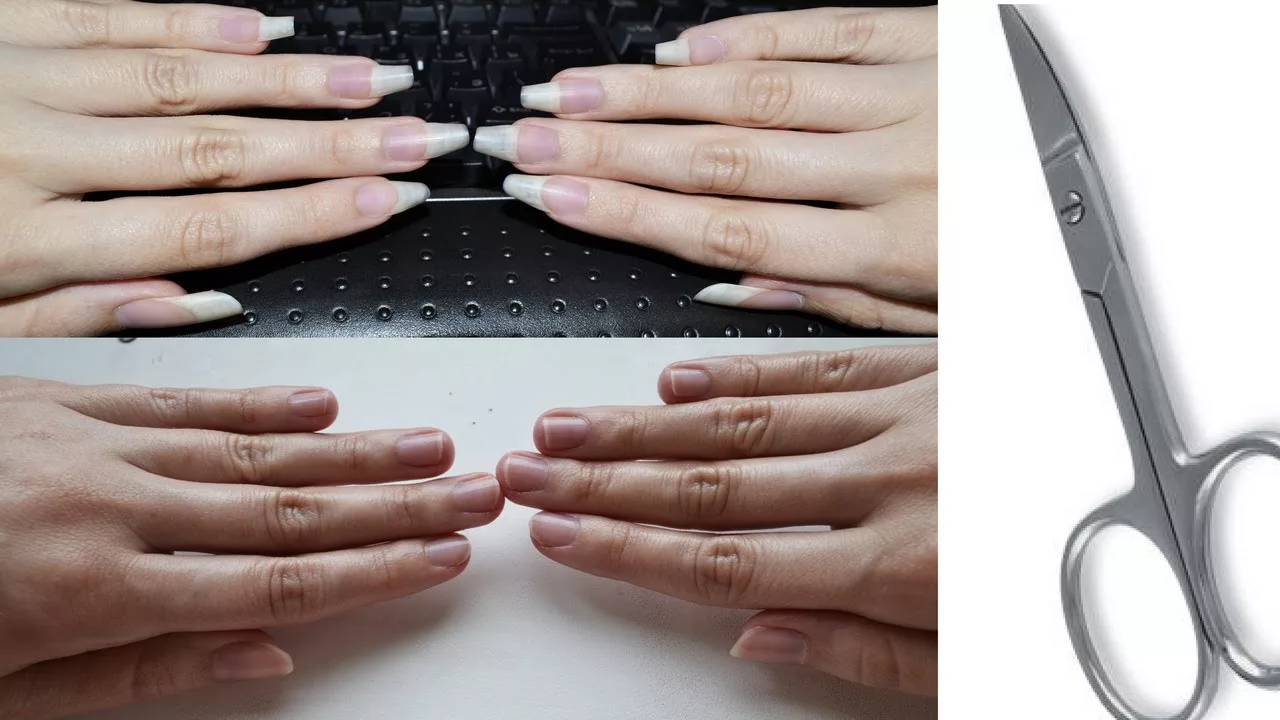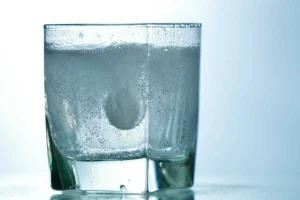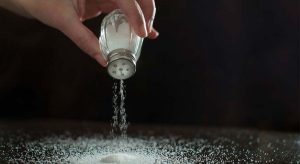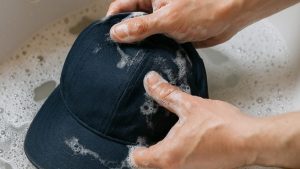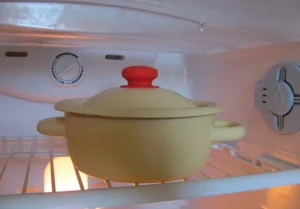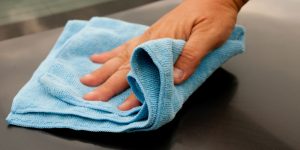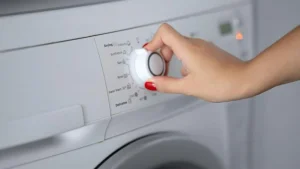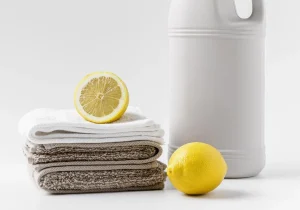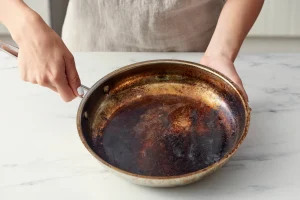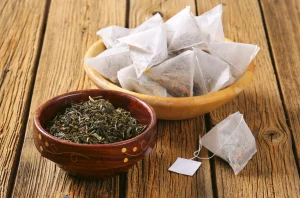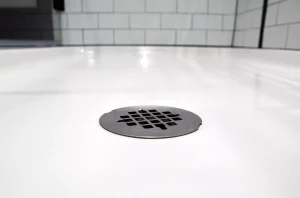If your nails are trimmed too short or bitten off, germs or chemicals can get in.
What are the nails on your hands and feet made of?
Our nails grow about three millimeters every month. The nails, which doctors call the nail plate, are made up of a hard, horny substance (keratin). They protect the fingers and toes from injury and are useful for many manual tasks. The nail fuses with the underlying nail bed.
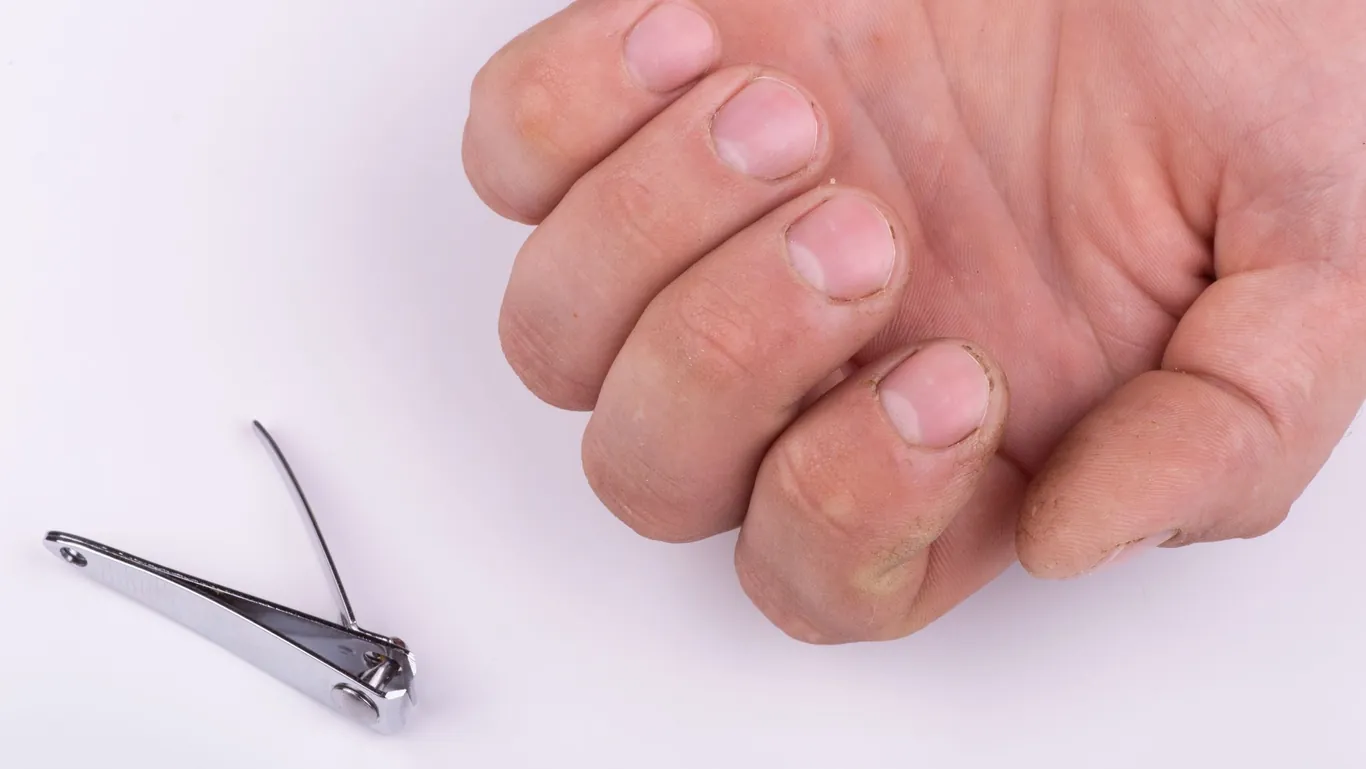
The edges of the skin on the left and right are called the skin ridge. The lower edge of the skin is the nail shaft. The thin layer of skin that grows over the nail in the nail shaft area is called the cuticle. The skin pocket in the nail roll area is the matrix. New horny substance forms there, which attaches to the nail plate and slowly pushes the nail forward.
“The nail shaft and cuticle are particularly sensitive. But the nail plate is also prone to inflammation, especially if this area is torn, such as by small pieces of skin coming off,” says Dr. Ellen Rogge, a dermatologist member of the Professional Association of .
Do not tear off the skin on the nail.
If your nails are cut too short, filed carelessly or your hands are constantly exposed to temperature changes or chemicals, small pieces of skin may peel off. Many people find that dry skin is not only visually unpleasant. It also tends to stick to sweaters and other fabrics. The temptation to rip them off or bite them off is great. But that comes with risks.
“Those who pull at the skin often tear it deeply. The injury bleeds and often becomes infected. This is because hands come into contact with many pathogens, and the area around the nail shaft and under the nail are particularly important places for bacteria to congregate. Sometimes a purulent abscess even forms,” Rogge. “Even if you bite off a piece of skin, micro-traumas can occur that become inflamed.”
Don’t cut your nails too short.
Cutting your nails too short also poses risks, according to the dermatologist. Not only does it contribute to injury, but it also reduces the protective function of the nails. There is also a risk of ingrown toenails. Toenails are particularly at risk. “When walking, shoes put pressure on the outer wall of the nail.
“If toenails are trimmed too short, the growing slightly curved nail can easily ingrow into the nail shaft and cause inflammation,” says Rogge. “Especially with toenails it is recommended: trim evenly and not too short.”
Hygiene mistakes when extending artificial nails
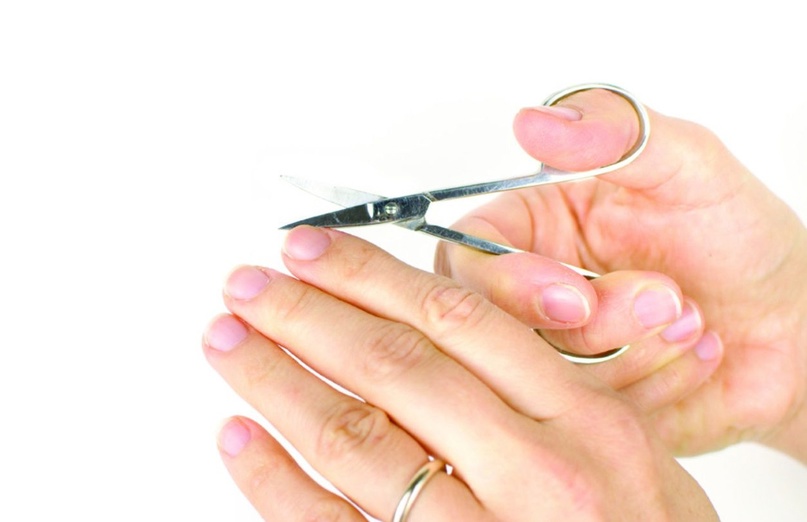
Since hands and feet come into contact with various bacteria and often fungi, hygiene is important. This includes not only regular hand washing, cleaning under the nails and proper nail care with nail cream or oil. Special hygiene is also an absolute necessity when wearing artificial nails.
“If nail salons are poorly run or you don’t pay enough attention to hand hygiene yourself, and the fungus has been under your artificial nails for several weeks, the process of removing it can be daunting. For example, the nail may turn a yellowish color and become brittle if the fungus has developed in it. Or it may turn green if mold has developed in it,” says the dermatologist.
“Another tip is to always apply nail polish over your base coat to avoid nail discoloration due to colored pigments. You should also avoid a small area of the nail shaft and ridge when applying nail polish. This allows the nail to breathe and prevents pathogens from taking hold so easily.”
Dr. Ellen Rogge is a dermatologist. The specialist’s main focus is aesthetic dermatology: she combines dermatology and cosmetic medicine, especially with regard to modern anti-aging methods from the inside and outside.
Do not damage the cuticle
Also important in nail care is the gentle handling of the cuticle. If it is lifted, cut or torn too high, it can disrupt the formation of new nails in the matrix area. Irregularities and air pockets can occur, which look like white spots on a newly grown nail.
Avoid contact with cleaning products.
Hands can withstand a lot of use and nails are usually strong. However, daily household chores, gardening and manual labor can be stressful. Water, cleaning products and dishwashing liquid cause nails to swell and dry out. The result can be cracked, brittle and splitting nails.
“It’s best to wear gloves for cleaning or work. This will protect your hands and nails,” Rogge advises. “Those who work with chemicals should also do so. For example, hairdressers and cleaners often suffer from hand eczema, which not only causes burning and itching, but can also impair nail growth in the nail area.”
Cutting edges contribute to injuries

Using manicure scissors or nail clippers is a matter of personal preference. It is important not to cut too short, and then smooth the cut or trimmed edge with a file. This not only looks nice, but also prevents the nails from tearing off and clinging to your clothes.
- Brittle nails : Strengthening nails: Tips and tricks for nail care
- Proper nail trimming : nail care tips and advice
- Not only nail fungus : it can be the cause of brittle toenails
“If the area around the nail becomes inflamed, the inflammation usually goes away in one or two days with hygienic measures. If a purulent abscess forms or if there is a sudden change in the structure and color of the nail, a dermatologist should be consulted,” advises Rogge.
